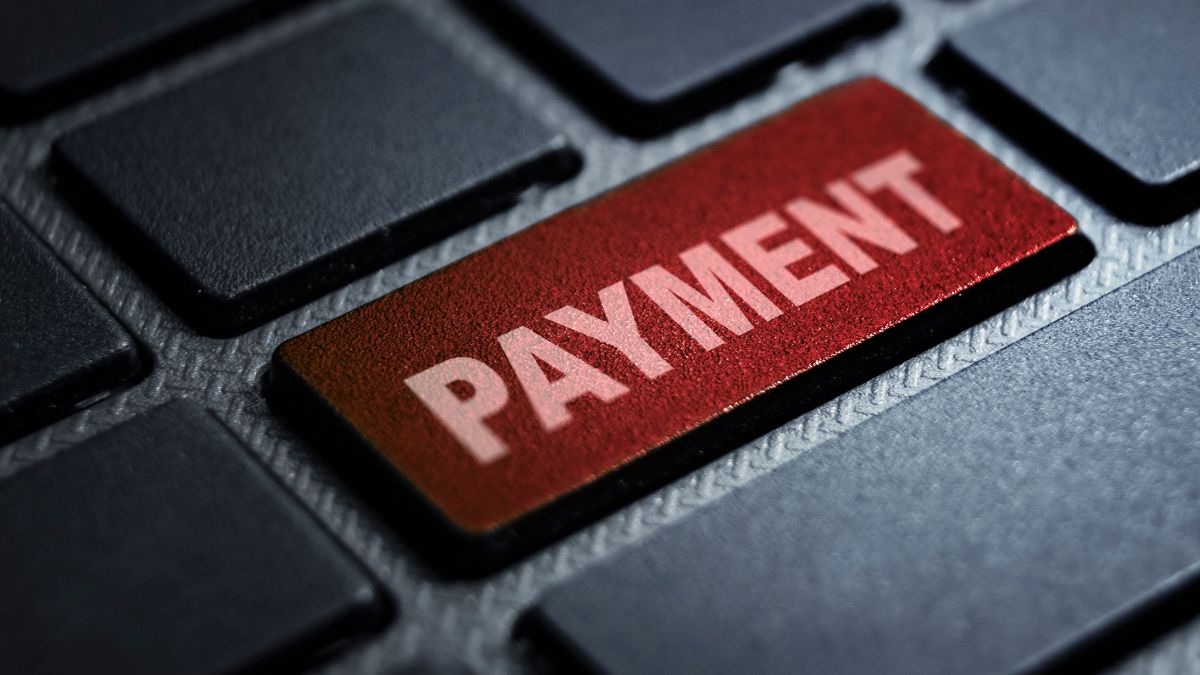The expectations around online payments are higher than ever in 2025. Website visitors expect a seamless checkout experience that is fast, secure and flexible across multiple devices and payment modes. With regulations evolving and consumer behaviours shifting rapidly, businesses can no longer afford to treat payments as an afterthought.
Choosing the right payment gateway for website integration is now a critical part of building a professional online presence. From mobile responsiveness to data protection, the payment partner you select will affect both customer satisfaction and your business’s financial health. This blog outlines five key considerations to guide your decision.
Understand the risks of choosing poorly
Before we get to the checklist, it’s worth highlighting the cost of an ill-suited payment gateway. An unreliable or outdated system can lead to failed transactions, lower customer trust and even regulatory penalties. Considering the competition, that is a risk few businesses can afford to take.
- Success rate and platform reliability
A high transaction success rate should be non-negotiable when selecting a payment gateway for website use. Failed transactions result in abandoned carts, increased support queries and reduced customer retention. Look for platforms that maintain high uptime and are transparent about their technical performance.
Ensure the gateway can handle large volumes during peak shopping hours or festive sales without delays or crashes.
- Range of payment methods
In 2025, customers expect to pay using a method that suits their preferences. While UPI remains dominant in India, other instruments like credit and debit cards, EMI options, net banking, digital wallets and Buy Now, Pay Later (BNPL) schemes are widely used.
A good payment gateway for the website should support all major modes and integrate emerging ones as they evolve. If your gateway limits customers to fewer options, you risk losing out on genuine buyers simply due to payment friction.
- Mobile-first payment experience
With mobile e-commerce growing consistently, a gateway optimised for mobile checkouts is essential. Responsive design, minimal redirects and secure one-tap payments are features that directly impact conversion rates.
Test the user journey from product selection to payment confirmation on various mobile devices. If the payment gateway for the website has a poor mobile interface or causes friction during authentication, it may drive potential customers away before they complete their purchase.
- Compliance, security and data protection
Your payment gateway must comply with regulations laid out by the Reserve Bank of India (RBI) and the Payment Card Industry Data Security Standard (PCI DSS). Features such as tokenisation, fraud detection and 3D Secure authentication protect both your business and your customers.
Security should extend beyond encryption. A leading payment gateway for websites will also offer other measures to prevent abuse. Make sure the platform provides regular updates and is quick to adapt to regulatory changes.
- Ease of integration and post-sales support
While advanced features matter, they are only as good as your ability to implement them. Opt for a gateway that provides detailed documentation, SDKs and technical support to simplify integration with your website or app.
Also assess post-sales support. Look for gateways that offer live support, timely query resolution and dedicated relationship managers if needed. A reliable payment gateway for the website should not only be easy to install but also scalable for future business requirements such as recurring payments, subscription models or cross-border transactions.
Impact of payment gateway fees on your pricing strategy
Payment gateway charges are more than just a line item in your expenses; they directly affect your product pricing and profit margins. For businesses, especially in competitive markets, understanding these fees helps set realistic prices without compromising customer appeal. Transparent knowledge of transaction fees, setup costs and hidden charges enables better budgeting and pricing decisions.
By factoring in payment gateway charges early, you can avoid surprises, maintain profitability and stay competitive during peak sales periods like festivals or launches. This strategic insight ensures your payment gateway supports your overall business goals, not just transaction processing.
Adapting to changing consumer payment preferences in 2025
A well-chosen payment gateway for a website builds customer trust, reduces operational headaches and positions your business for future growth. In 2025, this is no longer a backend decision; it is a customer experience imperative.
Platforms like Pine Labs Online offer Indian businesses a secure, high-performance gateway solution with a focus on ease of integration, regulatory compliance and mobile-first design. Whether you are launching a new website or scaling an existing one, the right payment infrastructure will ensure you meet evolving customer expectations with confidence and agility.


